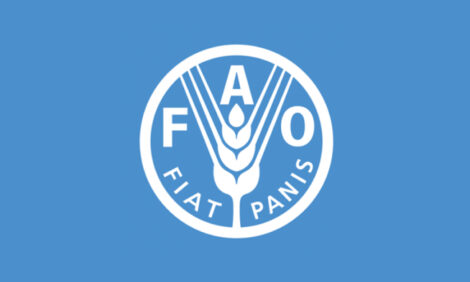



Supplement Feeding to Protect Milk Production This Spring
UK - Making sure cow intake and diet is sufficient over the next few weeks is essential to ensure milk yield and quality are where you want them.This is what BOCM Pauls are telling farmers as forage issues develop through low silage clamps and high feed prices follow a difficult winter.
“After a long, difficult winter we are currently in a very difficult period for many dairy producers. Clamp stocks are generally low, cows have yet to be turned out and grass growth remains slow,” emphasises Nick Berni, Ruminant Products Manager.
Nick Berni, Ruminant Prodcuts Manager at BOCM Paul says Dairy cows in particular are sensitive to variations in feed and farmers should work with advisers to formulate plans to maintain consistent nutritional inputs.
“The priority for producers is to carefully assess available forage stocks, forecast likely requirements based on cow numbers and estimate the number of productive days before turnout,” advises Mr Berni. “This will enable them to anticipate any shortfall in forage availability at the earliest possible stage and secure supplies of supplementary feeds in good time, because demand remains strong and availability is limited.”
“Co-products are consistent in quality and analysis, so they offer an excellent way to boost the volume, quality, nutritional value and palatability of forages. In addition to traditional products such as brewers’ grains, distillers’ malt draff or mash filter grains we offer a wide range of manufactured co-products to maximise performance, which work best as part of a planned programme.
Although not an issue when feeding cattle with grass silage, fibre shortages can arise on a low fibre, fresh grass diet. This can cause low butterfat and needs to be balanced with a low-protein, high fibre blend.
“The latest moist feed blends, such as SelcoPlus, AmyPlus and SuperPlus, are particularly valuable, being of excellent nutritional quality and very competitively-priced,” says Mr Berni.
“Moist feed blends are high in energy and crude protein, highly-palatable and provide a balanced base to the diet, supporting milk yields. They can form part of a ration for all types of stock, have a distinctive, fresh aroma to encourage high intakes and once ensiled can be stored for severalmonths.”
Grass is typically low in trace elements and requires supplementing. Mr Berni says this can be done in the parlour or the pasture.
“Care will be needed when incorporating traditional blends into the diet because grass is much higher in protein and sugar than forages, yet significantly lower in fibre,” warns Mr Berni.
“High protein causes problems, because the cow has to convert it into urea which is excreted, but this takes energy. The higher the protein, the more energy is required. With very high-protein grass this can be equivalent to up to three litres of milk.”
Always with an eye on the future, BOCM Pauls can offer tailored summer blends. Rumen health can be improved through incorporating Levucell to prevent acidosis from high-sugar, low-fibre grass.
TheCattleSite News Desk


